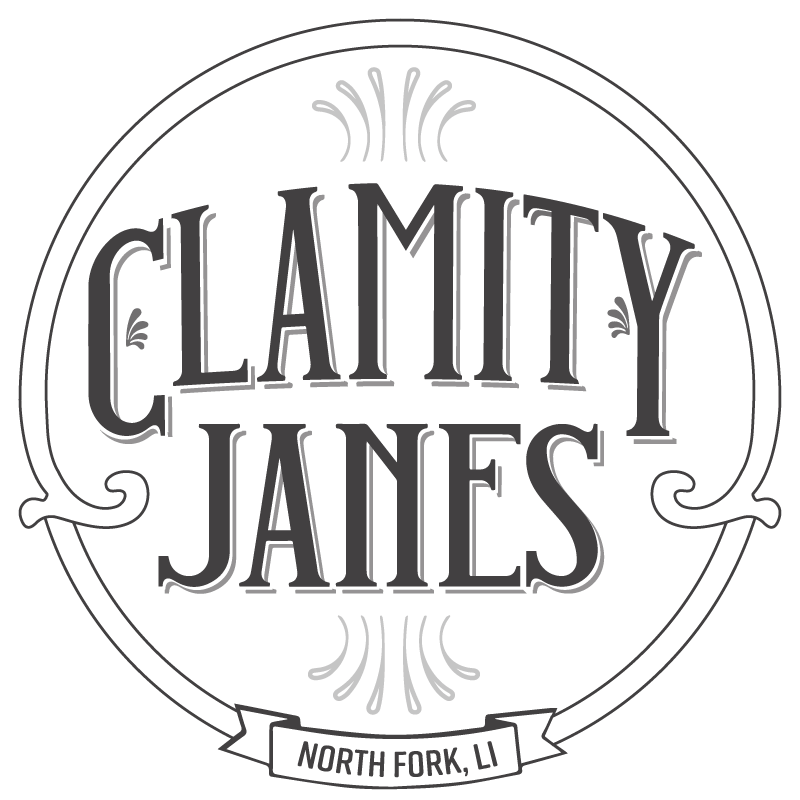CULTIVATING CLAMS.
Little Rams
Peconic Golds
Great Guns
Fisher Islands
Yennecotts
Mermaid Makeouts
Shinnecocks
Cornells
Oysterponds
Those are just a few of the locally grown and cultivated oysters you can find on menus in the East End. Clams? Besides calling them “local” and what size there’s not much more information. Whereas oysters can be cultivated and grown in cages that are maintained throughout their grow-out, clams burrow into the sand where they grow. Local clams are wild and most you see on menus and fish markets are dug from the larger south shore bays. When going out clamming on the East End, it’s more like going out fishing. You hope you’re gonna get, but it’s unpredictable.
As far as cultivation, all shellfish begin as larvae, as the animal develops and grows calcium around its body, it is known as spat or seed.
At a certain size, (pinky fingernail or smaller) that seed is sold to commercial growers to take and spend the next few years, growing it to market size.
At Shellfisher’s Preserve, the largest hatchery on the East End, clam gardens are kept to grow and choose broodstock that will produce clams with strongest shells and resilience. And they are experimenting with how to grow them more easily for commercial sale.
Clamity Janes had the privilege of working with Aeros Cultured Oyster Company on Shellfisher Preserve by assisting in raking and sorting clams for broodstock to breed more resilient and marketable clams for the East End. The above clam babies are seen at 10x magnification under a microscope and are about a month old.


